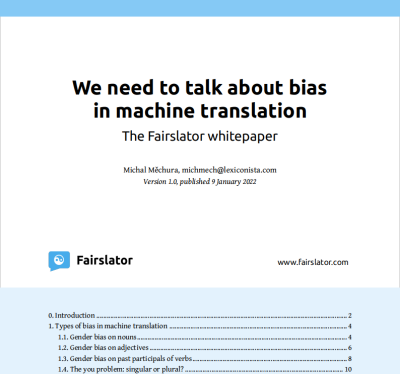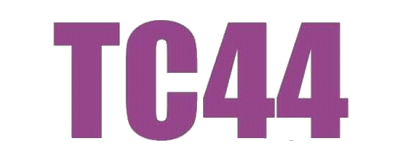Stell dir vor, du bist DeepL
Warum fragt der Übersetzer eigentlich nicht, was ich meine?
Stell dir vor, du bist DeepL und jemand hat dich gebeten, den Satz I am a good student aus Englisch nach Deutsch zu übersetzen. Wie übersetzt du das? Ich bin ein guter Student, oder ich bin eine gute Studentin? Als Maschine hast du keine Ahnung, ob sich unter dem englischen Pronomen I ein Mann oder eine Frau verbirgt. Du bist eine künstliche Intelligenz, also entscheidest du dich für die wahrscheinlichstere Variante, was vermutlich die männliche ist.
Oder nehmen wir einen anderen Satz: please sit down. Wie übersetzt du das? Setzen Sie sich, setz dich, oder setzt euch? Als Maschine weißt du nicht, ob der Satz für eine Person gemeint ist oder mehrere, und ob die Teilnehmer sich im Deutschen duzen oder siezen würden. Also wählst du das aus, was dir am wahrschenlichsten vorkommt, und das ist eher die Sie-Variante.
In den beiden Fällen wäre es besser, wenn die Maschine den Benutzer fragte, was er oder sie tatsächlich meint. Die meisten maschinellen Übersetzer sind aber nicht in der Lage, Fragen zu stellen. Das einzige, das sie können, ist das zu liefern, was in ihren Trainingsdaten am häufigsten vorkommt. Dass der Benutzer vielleicht etwas völlig anderes im Sinne hatte, ist ihnen egal.
Mich hat es schon immer genervt, dass maschinelle Übersetzer keine Fragen stellen. Mein idealer Übersetzer würde erkennen, dass wir uns in einer Zweifelssituation befinden, und mich fragen, was genau ich meine – und erst dann die passende Übersetzung liefern.
Es hat mich so lange genervt, bis ich selbst so einen Übersetzer gebastelt habe: Fairslator. Um es besser auszudrücken: Fairslator ist kein Übersetzer, er ist eher ein Plug-in für jeden beliebigen Übersetzer. Fairslator analysiert die Übersetzungen, erkennt Zweifelssituationen automatisch und stellt wenn nötig Fragen.
Was passiert also, wenn du Fairslator darum bittest, I am a good student oder please sit down nach Deutsch zu übersetzen? Erstmal musst du auswählen, von welchem Dienst du es übersetzen möchtest: DeepL, Google Translate oder Microsoft Translator. Fairslator redet hinter den Kulissen mit dem Dienst, den du ausgewählt hast, und bekommt von dort die Übersetzung. Als zweiter Schritt analysiert Fairslator die zwei Sätze (das englische Original plus die deutsche Übersetzung) und versucht herauszufinden, ob dort irgendeine Zweifelssituation vorkommt, wie zum Beispiel Mann/Frau oder du/Sie/ihr. Wenn nicht, dann zeigt Fairslator dir die Übersetzung einfach. Wenn ja, dann zeigt Fairslator nicht nur die Übersetzung, sondern auch ein Menü, wo du auswählen kannst, was genau du meinst: wer den Satz sagt (Mann oder Frau), wem er gesagt wird (einer Person oder mehreren, per du oder per Sie), und so weiter. Je nachdem, wie du die Auswahl änderst, ändert sich auch die Übersetzung.
Fairslator ist mein Beitrag dazu, die maschinelle Übersetzung ein bisschen unter die Kontrolle des Menschen zu bringen. In jeder menschlicher Sprache gibt es mehrdeutige Sätze, die man nicht übersetzen kann, ohne nachzufragen, was genau damit gemeint wird. Es gibt Zweifelsfälle, wo keine künstliche Intelligenz, egal wie klug, den beabsichtigten Sinn erraten kann. Doch das hält die herkömmlichen Übersetzer wie DeepL und Google Translate nicht davon ab, es trotzdem zu versuchen! Ich denke, das ist der falsche Weg. Der einzige Weg ist: den Menschen zu fragen. Wie Fairslator.
 Michal Měchura
Michal Měchura










